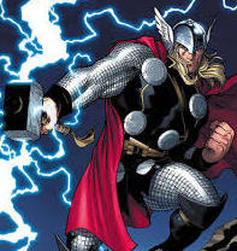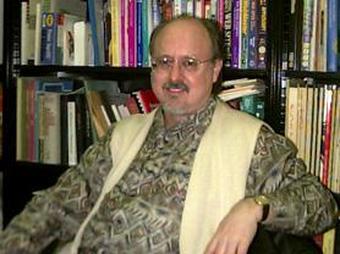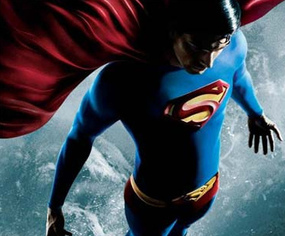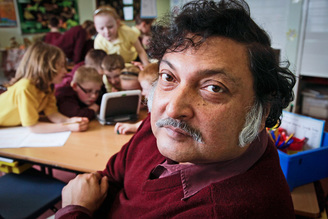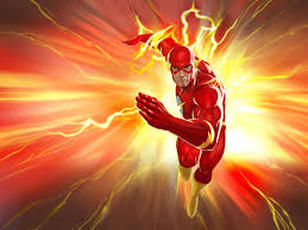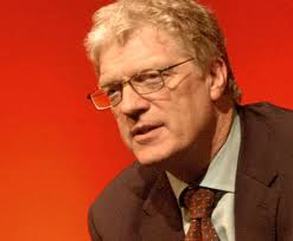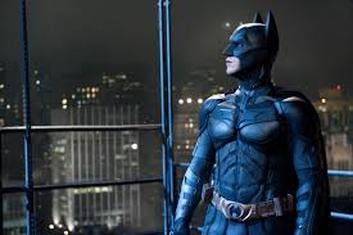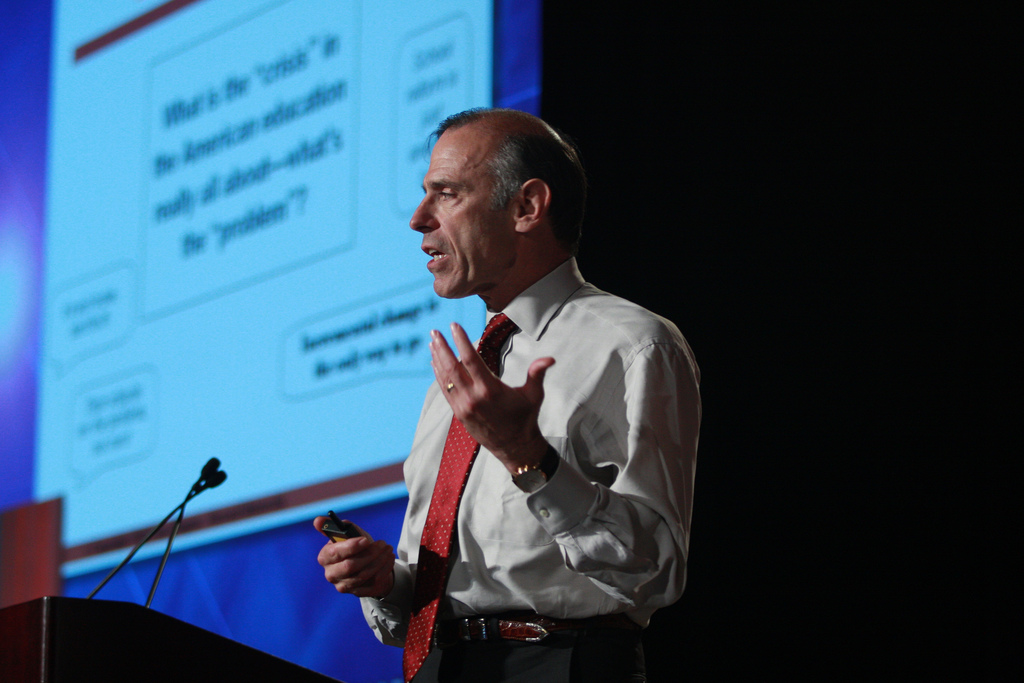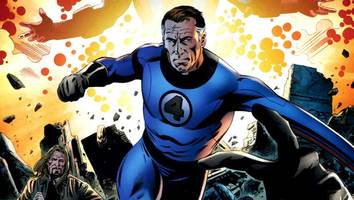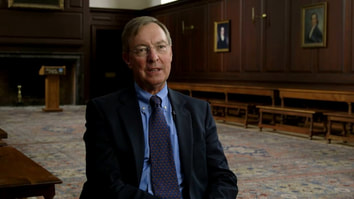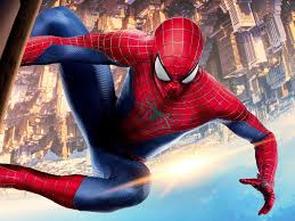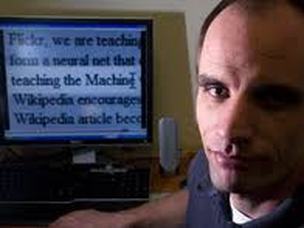"The ancient gods of Egyptian, Greek and Roman myths still exist, but today, they have superpowers, human foibles and secret identities. They come from comic books and graphic novels, and have taken over pop culture on the stage, screen, video games, and animation."
From the Harvard EDX course, The Rise of Superheroes and Their Impact On Pop Culture
According to Stan Lee a superhero is a person who does heroic deeds and has the ability to do them in a way that a normal person couldn’t. So in order to be a superhero, you need a power that is more exceptional than any power a normal human being could possess, and you need to use that power to accomplish good deeds. (1) They may be mere mortals, but I like to think of these visionaries as superheroes. They do not reside on Mount Olympus or have the Batcave, but like their fictional counterparts they are trailblazers, impacting the lives of others and have dedicated their lives to fight against the evils of ignorance and injustice. Meet the heroes whose work influenced the development of 21st Century Schools' PBL21 - the next step in the evolution of project-based learning.
Click on the name of each hero to go to our page dedicated to them.
|
Douglas Kellner, Ph.D.,
George F. Kneller Philosophy of Education Chair Graduate School of Education and Information Studies UCLA, Los Angeles, CA, USA |
In Norse mythology, Thor is a hammer-wielding god associated with thunder, lightning, storms, oak trees, strength, the protection of mankind, and also hallowing, healing and fertility. Thor has been a major figure from the Roman era through modern times. Douglas Kellner shares with Thor the attributes of strength, protection of mankind and healing which he has done through his work as a scholar, author and teacher.
Douglas Kellner's contribution to the evolution of PBL21 is significant. In addition to his deep knowledge of philosophy, especially that dedicated to justice and freedom, he is the professor who introduced me to the concept of Media Literacy and the connections among philosophy, media literacy, technologies and education. This led to the development of my compass, Multiple Literacies for the 21st Century, which is a foundational part of my educational philosophy and method of designing curriculum.
Douglas Kellner's contribution to the evolution of PBL21 is significant. In addition to his deep knowledge of philosophy, especially that dedicated to justice and freedom, he is the professor who introduced me to the concept of Media Literacy and the connections among philosophy, media literacy, technologies and education. This led to the development of my compass, Multiple Literacies for the 21st Century, which is a foundational part of my educational philosophy and method of designing curriculum.
|
Sugata Mitra, Ph.D.
Professor of Educational Technology Newcastle University, England 2013 recipient of the $1 Million TED Prize |
Faster than a speeding bullet. More powerful than a locomotive. Able to leap tall buildings in a single bound...It's Superman!
Imbued with a strong moral compass, Superman uses his superhuman powers for the benefit of mankind.
Sugata Mitra's powers include great compassion, intelligence, and a clear vision of the possibilities for all children everywhere to learn. His wonderful sense of humor and apparent humility make him approachable and loved by all. His famous Hole-in-the-Wall project amazed the world, and earned him the first TED prize of $1 million dollars.
Sugata's contributions to PBL21 are his verification of children's abilities to learn at high levels without a teacher, and his creation of a system that makes all knowledge available to all children no matter where they are. SOLE, a self-organized learning environment, has the potential to radically change the world and to raise the standard of living for all people. Children can access this knowledge, connect with the world and be prepared to take action to make this world a better place. Sugata's gift is helping each child realize his or her potential as well as helping society in general.
Imbued with a strong moral compass, Superman uses his superhuman powers for the benefit of mankind.
Sugata Mitra's powers include great compassion, intelligence, and a clear vision of the possibilities for all children everywhere to learn. His wonderful sense of humor and apparent humility make him approachable and loved by all. His famous Hole-in-the-Wall project amazed the world, and earned him the first TED prize of $1 million dollars.
Sugata's contributions to PBL21 are his verification of children's abilities to learn at high levels without a teacher, and his creation of a system that makes all knowledge available to all children no matter where they are. SOLE, a self-organized learning environment, has the potential to radically change the world and to raise the standard of living for all people. Children can access this knowledge, connect with the world and be prepared to take action to make this world a better place. Sugata's gift is helping each child realize his or her potential as well as helping society in general.
|
Sir Ken Robinson
Writer, researcher, adviser, teacher and speaker Professor Emeritus University of Warwick, UK "Schools are Killing Creativity", the most watched TED Talk of all time. |
The Flash was an assistant scientist at the police department. He had a reputation for being very slow, deliberate and frequently late. One night a freak lightning bolt hit a shelf in his lab, bathing him with chemicals. As a result, he found that he could run extremely fast and that he had matching reflexes. He dubbed himself The Flash and used his new powers as a crimefighter. It was said that he could run many times the speed of light.
Sir Ken Robinson was an aspiring soccer player when struck down with polio as a child. Instead of running down a soccer field he has become a global force in fighting for children, specifically focusing on their creativity. He too, fights crime, the crime of killing creativity in our children. Like the other superheroes and heroes in this group, he possesses a strong moral compass, compassion, strength and dedication to mankind.
Sir Ken's contribution to PBL21 are the inclusion and integration of creativity into every single curriculum unit designed. The Arts and Creativity are one of the eight critical literacies on our compass, Multiple Literacies for the 21st Century, ensuring that every plan designed for education, whether it be a district policy or a lesson plan, includes the development of creativity.
Sir Ken Robinson was an aspiring soccer player when struck down with polio as a child. Instead of running down a soccer field he has become a global force in fighting for children, specifically focusing on their creativity. He too, fights crime, the crime of killing creativity in our children. Like the other superheroes and heroes in this group, he possesses a strong moral compass, compassion, strength and dedication to mankind.
Sir Ken's contribution to PBL21 are the inclusion and integration of creativity into every single curriculum unit designed. The Arts and Creativity are one of the eight critical literacies on our compass, Multiple Literacies for the 21st Century, ensuring that every plan designed for education, whether it be a district policy or a lesson plan, includes the development of creativity.
Batman is Bruce Wayne, an American billionaire and philanthropist. Having witnessed the murder of his parents as a child, he swore revenge on criminals. With a strong sense of justice, he fights crime in Gotham City as Batman. He has no inherent superhuman powers, but relies on his scientific knowledge, detective skills and physical strength. He is said to be regarded as one of the world's greatest detectives if not the world's greatest crime solver.
Tony Wagner does not solve murders and bank robberies or capture terrorists, but he fights an equally dangerous enemy - the destruction of humanity as a result of the failure of our educational systems to prepare children for life in the 21st century. His analyses of the need, identification of the problem, his pursuits to solve this problem and his constant call for change through his books and consulting do put him on the level of Batman in terms of being the world's greatest detective.
Dr. Wagner's contributions to the evolution of PBL21 are significant. His Seven Survival Skills for the 21st Century comprise the third compass in the 3 Compasses to 21st Century Education and complete the framework for creating 21st Century Schools. Additionally, he understands that education needs to be reinvented, not reformed.
Tony Wagner does not solve murders and bank robberies or capture terrorists, but he fights an equally dangerous enemy - the destruction of humanity as a result of the failure of our educational systems to prepare children for life in the 21st century. His analyses of the need, identification of the problem, his pursuits to solve this problem and his constant call for change through his books and consulting do put him on the level of Batman in terms of being the world's greatest detective.
Dr. Wagner's contributions to the evolution of PBL21 are significant. His Seven Survival Skills for the 21st Century comprise the third compass in the 3 Compasses to 21st Century Education and complete the framework for creating 21st Century Schools. Additionally, he understands that education needs to be reinvented, not reformed.
|
Mr. Fantastic
|
Ted Dintersmith, Ph.D.
|
Ted Dintersmith, Ph.D.
Organizer, Founder and Executive Producer of the film, Most Likely to Succeed. Co-author with Tony Wagner of Most Likely to Succeed. |
Founder of Edu21c.org - educating for the 21st century. The character, Mr. Fantastic, is a founding member of the Fantastic Four. Richards possesses a mastery of mechanical, aerospace and electrical engineering, chemistry, all levels of physics, and human and alien biology. BusinessWeek listed Mr. Fantastic as one of the top ten most intelligent fictional characters in American comics.[1] He is the inventor of the spacecraft that was bombarded by cosmic radiation on its maiden voyage, granting the Fantastic Four their powers. Richards gained the ability to stretch his body into any shape he desires.
Like his superhero counterpart, Ted Dintersmith is a scientist, earning his M.S. in Applied Physics and his Ph.D. in Engineering from Stanford University. He then ran a start-up making semiconductors that helped enable the digital revolution. He went on to become one of the most successful venture capitalists in the United States. This man, like Mr. Fantastic, is highly intelligent and knows science.
Now he is using his intelligence and experience to create desperately needed changes in how we educate students in the 21st century. He co-authored, Most Likely to Succeed with Tony Wager and he produced the film of the same name.
Like his superhero counterpart, Ted Dintersmith is a scientist, earning his M.S. in Applied Physics and his Ph.D. in Engineering from Stanford University. He then ran a start-up making semiconductors that helped enable the digital revolution. He went on to become one of the most successful venture capitalists in the United States. This man, like Mr. Fantastic, is highly intelligent and knows science.
Now he is using his intelligence and experience to create desperately needed changes in how we educate students in the 21st century. He co-authored, Most Likely to Succeed with Tony Wager and he produced the film of the same name.
|
Michael Wesch, Ph.D.
Associate Professor of Cultural Anthropology 2008 U.S. Professor of the Year Kansas State University |
Spiderman is actually a human who develops powers as a result of being bitten by a radioactive spider. His super powers are super strength, super speed, super grip and "spider sense", a sort of radar alerting him to potential dangers. Spiderman uses his powers to help others.
Dr. Wesch's superpowers are super intelligence and great compassion. He has influenced millions worldwide. Michael Wesch paved the way for educators to understand and use the new phenomenon of social media to foster significant learning and to establish genuine empathy and meaningful bonds between professors and students.
Michael Wesch's contributions to PBL21 are the use of social media and other technologies as tools to support meaningful connections among people, the development of empathy and global competencies, and the application of these tools and skills in learning and service to mankind.
Dr. Wesch's superpowers are super intelligence and great compassion. He has influenced millions worldwide. Michael Wesch paved the way for educators to understand and use the new phenomenon of social media to foster significant learning and to establish genuine empathy and meaningful bonds between professors and students.
Michael Wesch's contributions to PBL21 are the use of social media and other technologies as tools to support meaningful connections among people, the development of empathy and global competencies, and the application of these tools and skills in learning and service to mankind.
- What is PBL21, anyway?
- How is PBL21 different? See PBL vs PBL21 - a comparison chart
- How did PBL21 come to be? Where did it all begin?
- Workshops and other professional development services offered by 21st Century Schools
Our workshop, PBL21 - the next step in the evolution of project-based learning, will answer these questions and more:
- How do I design and implement PBL21?
- How do I plan for and organize these projects?
- What about assessments, grading and standardized tests?
